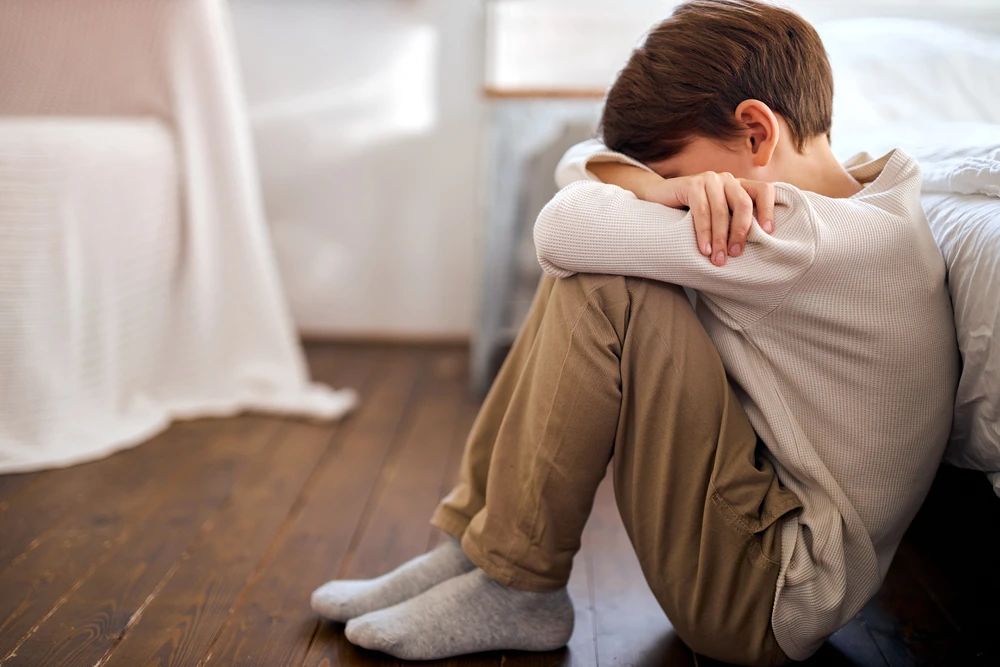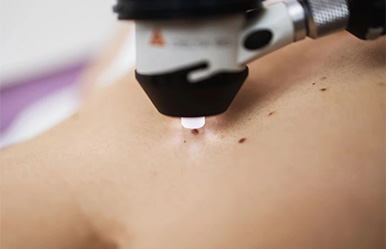5 Myths About an Overactive Bladder
2021-11-19

Have you ever wondered why some people seem to be able to
hold their bladders for a really long time, while others frequently need the
toilet throughout the day?
An “over sensitive” bladder can be a temporary reaction to
drinking more liquid than you normally do in the day. However, if it becomes
persistent or if you suffer bouts of incontinence, it’s wise to see your doctor
for an accurate diagnosis and treatment. Myths about what normal bladder
activity should be like are aplenty, but we consult our urologist to demystify
what happens with an overactive bladder.
Myth #1: You should empty your bladder often.
You’ve probably made a conscious decision to empty your
bladder before any urges hit, especially when it may involve being in a
situation without easy access to the toilet. This could be before a long car
ride or before a movie starts at the theatre.
That’s okay as a one-off. However, if you consciously make a
point of emptying your bladder often, you may end up training your bladder to
only be able to hold small amounts of urine. This also leads to you being
unable to hold it in when you get desperate as your bladder can no longer
contain a larger volume of urine. Your bladder works well the way it is, and
you should listen to your body when you need to go to the toilet. Answer the
call only when it comes, naturally.
If you are going too often, your urologist will teach you to
retrain your bladder to accept larger volumes by scheduling bathroom breaks
over longer intervals for a period of time. Bladder training involves using
distraction methods, breathing exercises or pelvic floor training to reduce the
urgency sensation so that your bladder can hold a larger volume. The interval
can be slowly increasing over a period of time. The bladder will then relearn
to only send signals when it reaches a healthier volume.
Myth #2: It\'s better to hover over a public toilet seat when
having a pee.
This may not be a concern for men, but for women, sitting on
a toilet seat to pass urine is a more natural way to empty the bladder as the
position allows for the pelvic floor muscles to be relaxed. In public toilets,
some women have a fear of catching something from the toilet seat.
The fact is, you can’t catch an infection this way. However,
should you feel the need to, cover the toilet seat with toilet paper before you
proceed to use it. Your bladder empties itself much more easily when you are
seated and relaxed than when you are standing and hovering.
Myth #3: You should drink 2 liters of water a day.
The amount of liquid to drink per day varies with each
individual, depending on their size and level of activity. The best gauge is to
drink when you are thirsty and to stay hydrated. This stops your urine from
becoming too concentrated and also lowers the risk of developing kidney stones.
In general, aiming to drink 2 liters of fluids a day is a
good gauge for most people. For optimal hydration, water is the best choice but
juices, soups or smoothies count towards your 2 liters.
Myth #4: It\'s OKAY to leak a bit of urine when you exercise,
sneeze, cough or laugh uncontrollably.
No, it’s not okay and that is not normal.
Don’t accept these little accidents as part of life, or a rite of passage upon getting older. These symptoms might point to a condition known as stress incontinence, which can be treated. See your
doctor for a solution as bladder leakage can worsen over
time. Ask to be referred to a urologist to learn some exercises you can do to
strengthen your pelvic floor muscles. You can always go back to your usual
exercise regime once you are able to hold in your pee again.
Myth #5: An overactive bladder is only an issue for women.
This is not true. A symptom of an overactive bladder is
urinary incontinence and men suffer from this just as much as women do. Urinary
incontinence that is associated with overactive bladder is usually the more
serious stage of overactive bladder syndrome.
Men can also have this symptom and most of the time, it happens due to an enlarged prostate. Half of
all men have an enlarged prostate by the time they turn 60,
and by the age of 85, the occurrence can be as high as 90 percent.
Other causes of an overactive bladder include infection of
the bladder, bladder stones, cancer and neurological conditions such as
Parkinson’s disease.
If the need to empty your bladder is occurring more often
than usual, speak to your urologist who will be able to provide you with an
accurate diagnosis and treatment plan for your condition.
Article reviewed by Dr Sanwei Guo, Urologist at ParkwayHealth
Copyright: Health
Plus an online health and wellness web resource developed by Parkway Singapore
References
Retrieved 25 February 2021 from
https://www.jeanhailes.org.au/news/5-common-bladder-myths-busted
Retrieved 25 February 2021 from https://www.healthline.com/health/overactive-bladder-men#symptoms
Retrieved 25 February 2021 from https://www.webmd.com/urinary-incontinence-oab/ss/slideshow-help-your-bladder





























